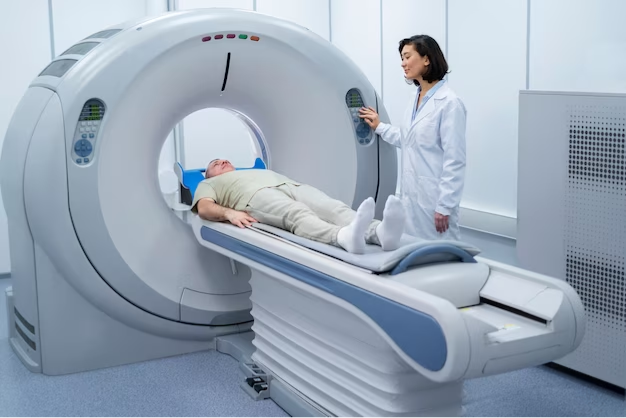Introduction
In the ever-evolving landscape of modern medicine, interventional radiology (IR) stands as a dynamic and innovative field that offers less invasive, highly effective solutions to a wide range of medical conditions. While it may not be as well-known as traditional surgical procedures, interventional radiology is a medical specialty that has been quietly revolutionizing the way diseases are diagnosed, treated, and managed. In this article, we will explore the world of interventional radiology, its techniques, applications, and the significant impact it has on patient care.
What is Interventional Radiology?
Interventional radiology is a medical specialty that uses advanced imaging techniques, such as X-rays, ultrasound, magnetic resonance imaging (MRI), and computed tomography (CT) scans, to guide minimally invasive procedures. These procedures can be diagnostic, therapeutic, or a combination of both. They are typically performed by interventional radiologists, who are highly trained medical doctors with expertise in both imaging and procedural skills.
Applications of Interventional Radiology
Interventional radiology is a versatile and invaluable tool in diagnosing and treating a wide range of medical conditions. Here are some key applications:
- Vascular Procedures: IR is commonly used for diagnosing and treating conditions like aneurysms, blood clots, and blocked arteries, often without the need for traditional surgery. Endovascular procedures, such as angioplasty and stent placement, are examples of this.
- Cancer Management: IR plays a significant role in cancer care. It is used for tumor biopsies, tumor ablation (destruction), and the delivery of chemotherapy directly to the tumor site.
- Pain Management: Nerve blocks and spinal injections performed under guidance from imaging are effective in managing chronic pain.
- Gastrointestinal Interventions:IR is used for procedures like the placement of feeding tubes, treating gastrointestinal bleeding, and managing liver conditions.
- Urological Procedures: Interventional radiologists can treat urinary tract blockages and perform nephrostomies to manage kidney problems.
- Pulmonary Interventions:Procedures like bronchial artery embolization help control bleeding in the lungs, while pleurodesis can treat recurrent pleural effusions.
- Musculoskeletal Procedures: IR is used to perform minimally invasive joint aspirations and injections for pain management.
Advantages of Interventional Radiology
Interventional radiology offers several advantages over traditional surgical approaches:
- Minimally Invasive: Procedures are typically done through small incisions or natural body openings, reducing the risks, discomfort, and recovery time associated with traditional surgery.
- Highly Precise:Advanced imaging guidance ensures the interventional radiologist can precisely target the affected area, reducing damage to surrounding healthy tissues.
- Shorter Hospital Stays:Many IR procedures are performed on an outpatient basis, eliminating the need for extended hospitalization.
- Faster Recovery: Patients often experience less pain and a quicker return to normal activities.
- Lower Risk of Complications: With smaller incisions and less trauma to the body, the risk of post-operative complications is minimized.
Conclusion
Interventional radiology is a dynamic and transformative medical specialty that has ushered in a new era of healthcare. Its less invasive procedures, precise imaging guidance, and shorter recovery times make it a valuable tool in the diagnosis and treatment of various medical conditions. As the field continues to evolve and expand, it promises to bring even more innovative and life-saving solutions to patients, further enhancing the world of healthcare. Interventions are becoming increasingly common, quietly revolutionizing the way we approach and manage diseases.
.pdf%20250X100%20PX-01.svg)
.pdf%20300X60%20PX-02-02.svg)
